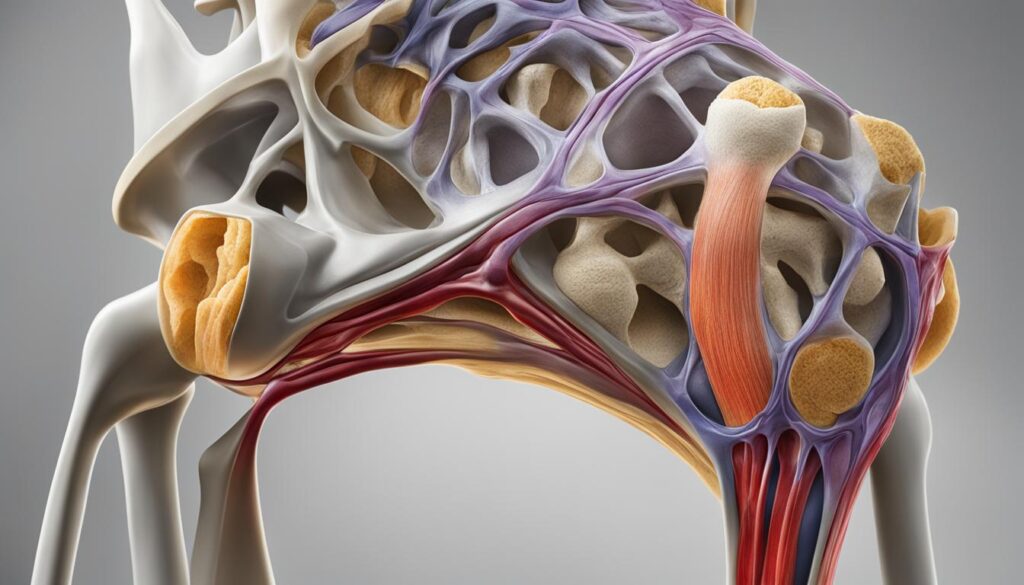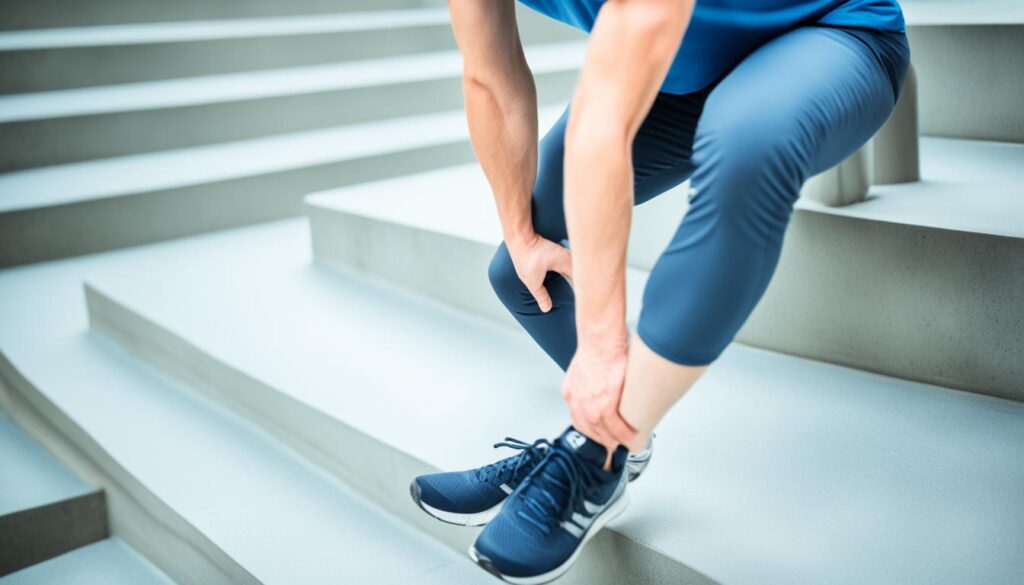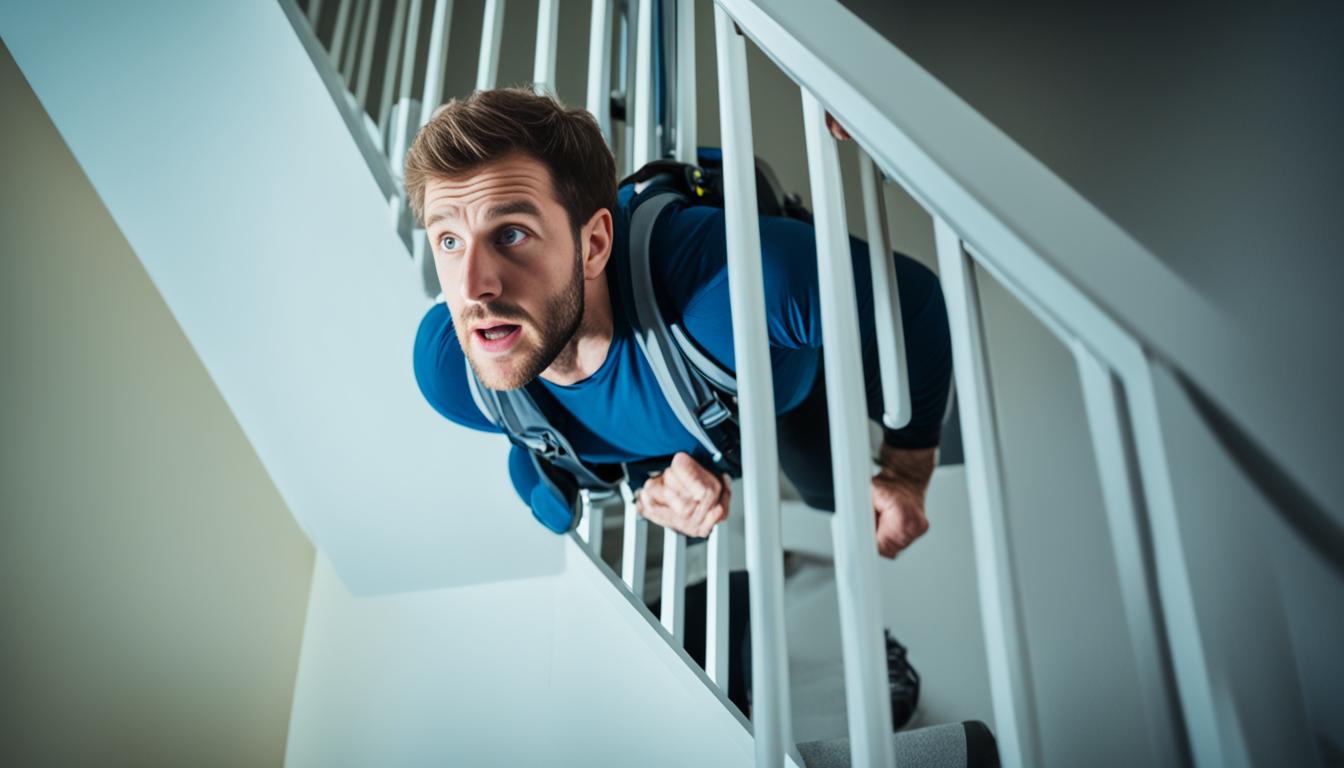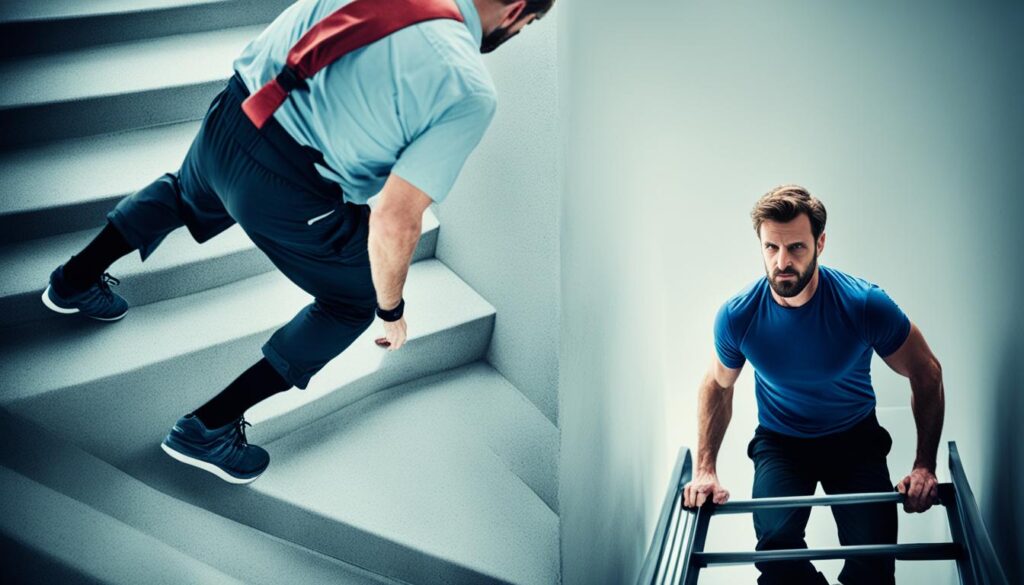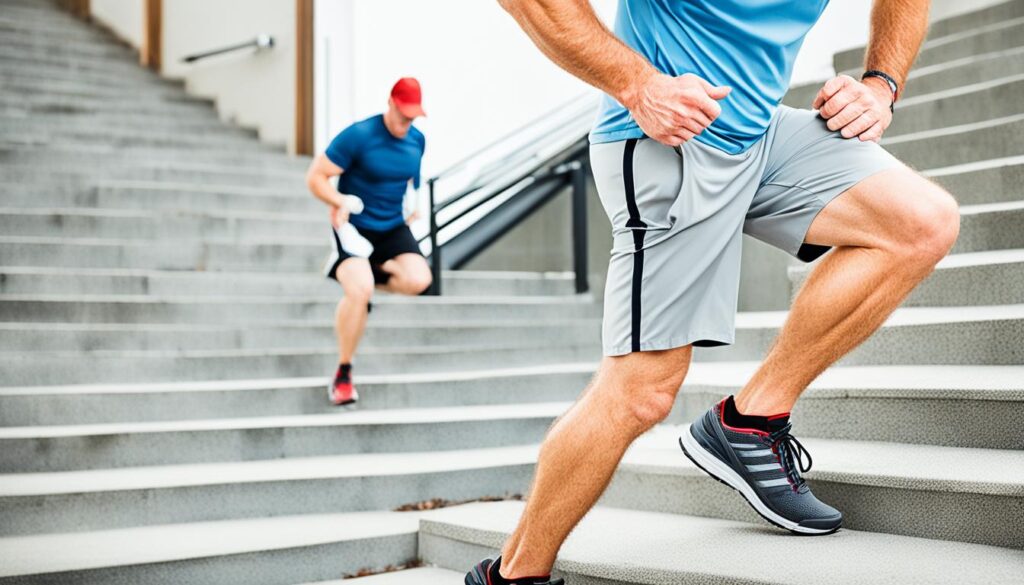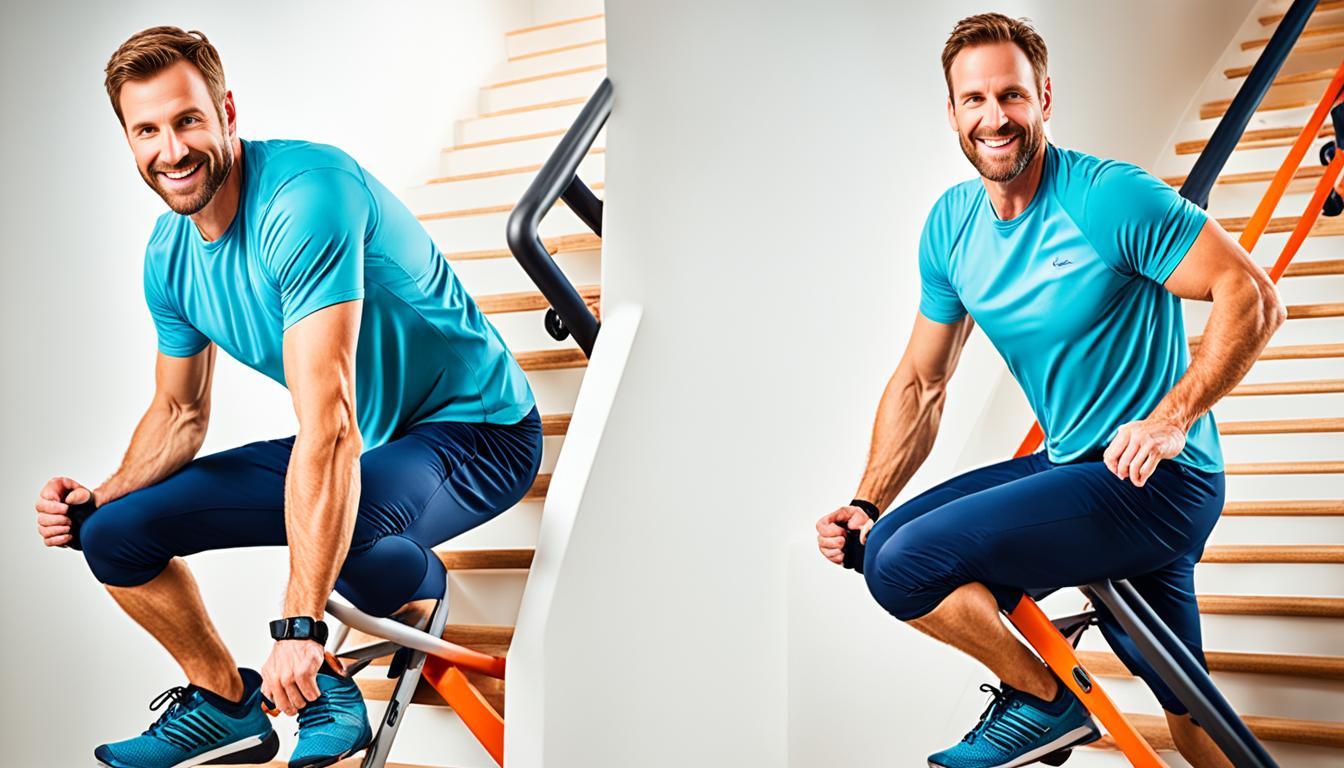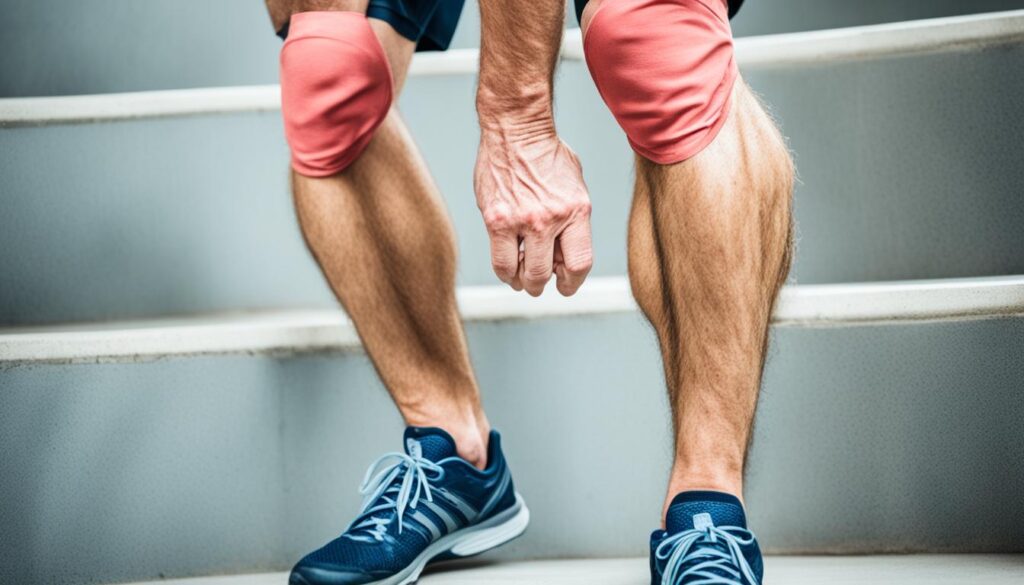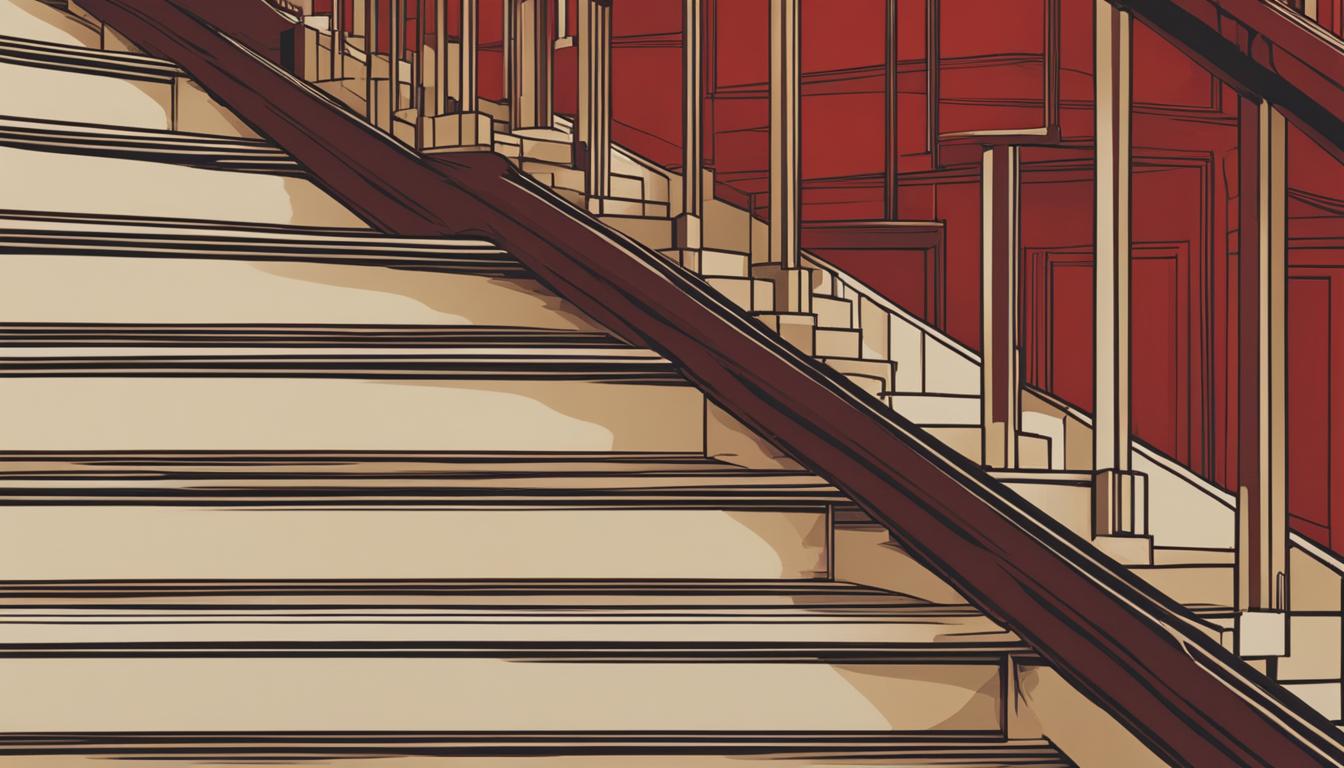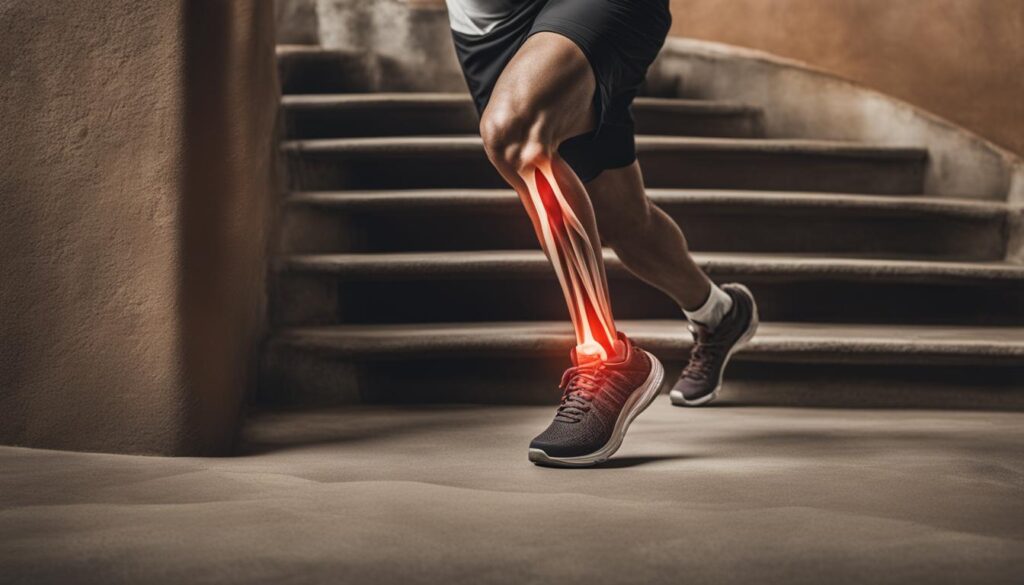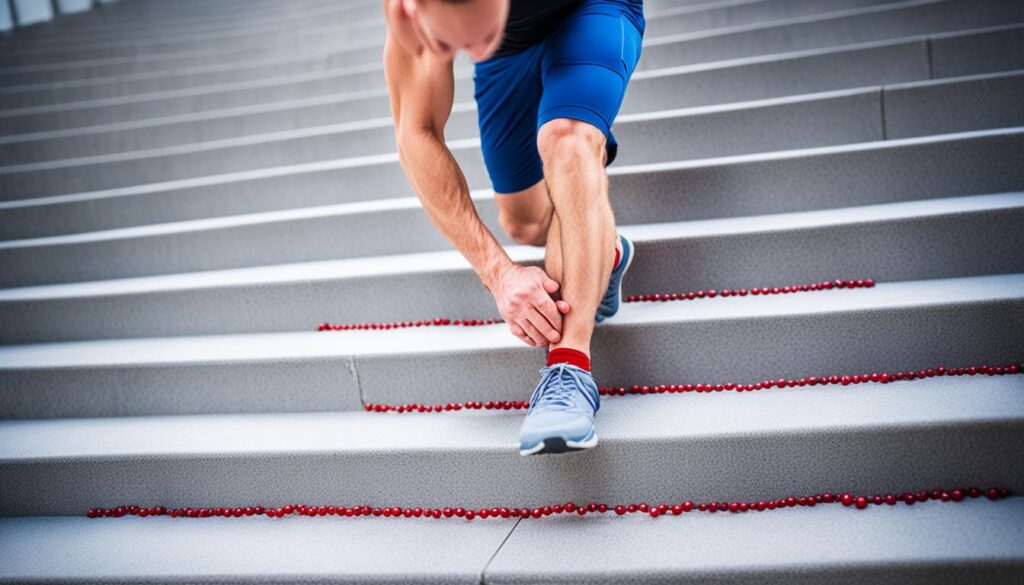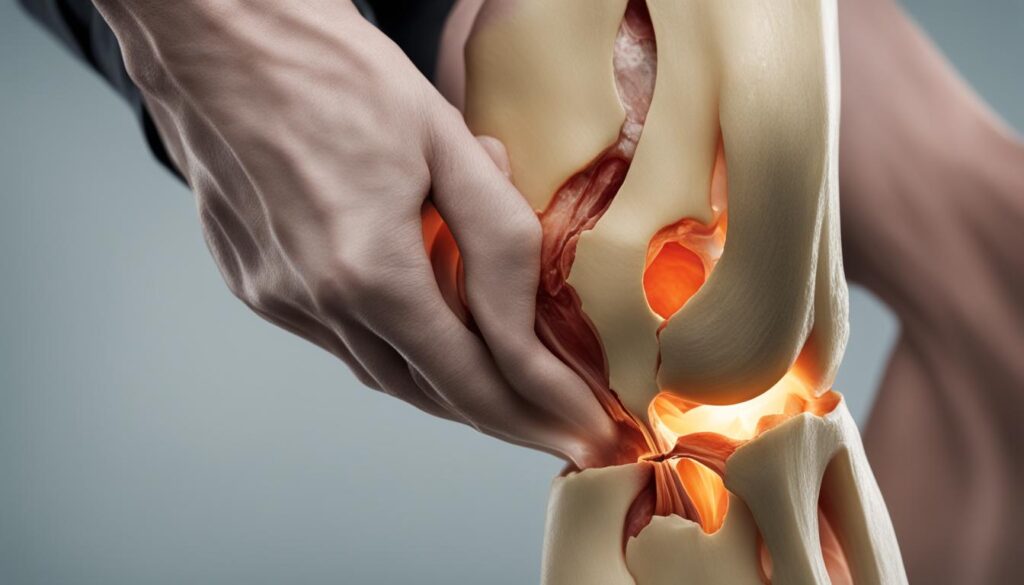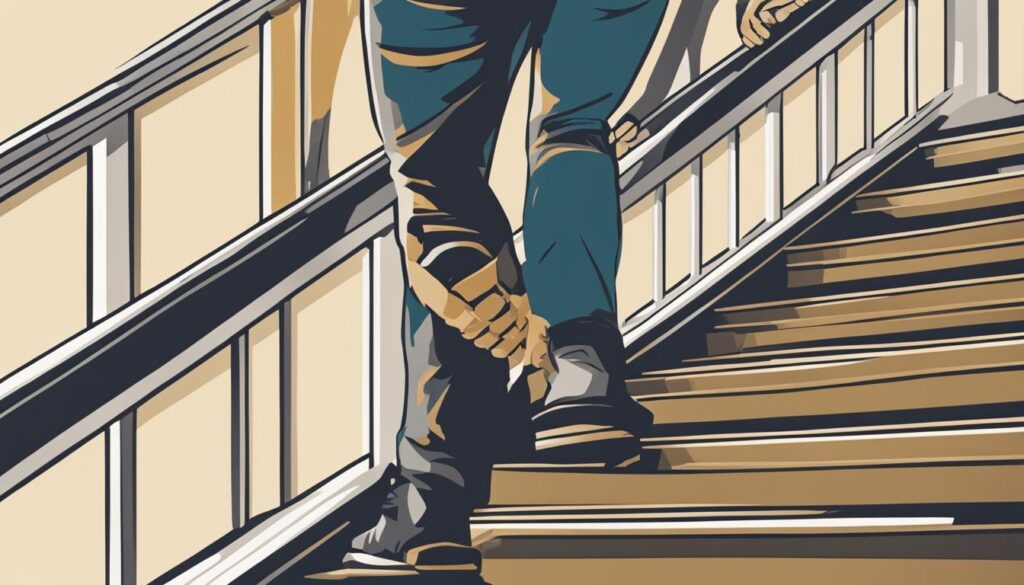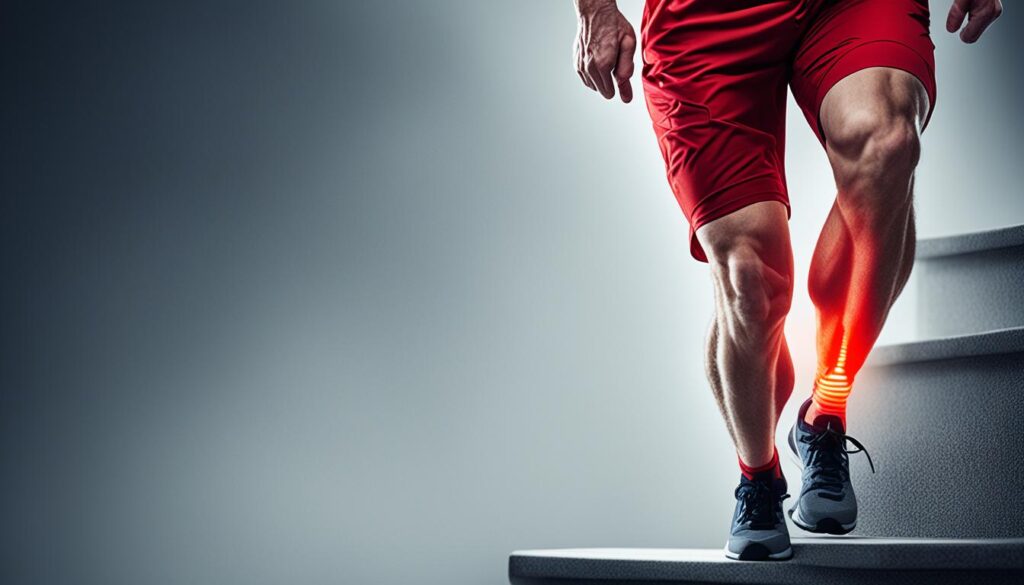Results of the comprehensive strength ranking and grading
According to the ranking and grading results of 38 matches that H participated in from 2018 to 2020 in Table 10, there were only three matches between him and the player with the strongest comprehensive strength, which was consistent with the results of matches won by a large score. However, based on the Ci value analysis of the serve round and the receive round, the match (X3) is in the grade with the strongest comprehensive strength, and the first rank has the highest value in the serve round, consistent with the comprehensive strength ranking. The Ci value ranking of the receive round was 21st, which was at the lower average grade, and quite different from the ranking result of the comprehensive strength in the match. At the technical level, in the X3, H had excellent techniques and tactics in the serve round, especially the high contribution quality of attack after serve. Meanwhile, H could maintain a high-pressure situation and active attack with fewer mistakes from the attack after serving to stalemate phases. However, his techniques and tactics of the receive round were average. As a result, the contribution quality of serve rounds and receive rounds in this match showed a bipolar trend. This phenomenon illustrated that his superior techniques could make up for the mediocre or weak techniques in the match, so the overall strength of X3 was better than that of other matches. In previous studies, Chen [37] and Yin [38] have clearly pointed out that Chinese table tennis players Liu Shiwen and Ding Ning have experienced the phenomenon of unbalanced competitive strength with too obvious good and poor techniques in their matches, which is similar to the view that exists in this study. In terms of evaluation methods, the combination of TOPSIS and RSR contributes to the objectivity and accuracy of the comprehensive strength in each match so that the comprehensive strength of X3 could clearly distinguish the gap with other matches. Otherwise, researchers further analyzed the ranking and grade of the following groups, including X36 (3:4) and X30 (3:4) in the second grade as well as X7 (4:3), X19 (4:1) and X5 (4:2) in the third grade. Theoretically, the overall strength of the winning rounds in the third grade should be in a higher grade, especially since H won by a large score in X19. By contrast, the overall strength of the losing matches in the second grade should have been lowered, but the overall strength of the winning race in the third grade was higher than the winning race, which was quite different from the expectation of the theoretical and actual results. However, researchers had new findings through game videos and the above analysis. The chance of winning or losing a table tennis match has increased since the development of the 11-point system in table tennis and the implementation of the new material table tennis. In the meantime, winning or losing at a high level is decided by the most critical points. The imbalance of the winning and losing relationship in the above matches in this study is consistent with the problems raised by Huang [39] and Cui [40] in their research results. There is a 5% probability of total score-loss imbalance (i.e., a player wins the match but scores less than his opponent) occurred in international male table tennis match. Therefore, the individual technical and tactical indicators of table tennis players can be applied to objectively reflect the effect of technical and tactical play in each stage by selecting the contribution quality of individual technical and tactical indicators and using the comprehensive evaluation combining TOPSIS and RSR. This method could conduct a more objective and comprehensive evaluation of the overall strength of a match. Prior to this, Yang et al. [27] conducted a comprehensive evaluation of the attack and defense ability of volleyball players in the competition by combining TOPSIS and RSR method, and believed that the combination of the two could comprehensively evaluate the attack and defense strength of each team, as well as the ranking of guard positions, which had certain reliability and rationality. In his study, Zhao and Tang [32] used TOPSIS alone to evaluate the competition quality of two high-level Chinese table tennis players, and the comprehensive ranking could also reflect the competitive status of the players to a certain extent. It shows that the combined application of the two comprehensive evaluation methods is feasible to diagnose the contribution efficiency of table tennis matches. In this regard, athletes can understand their technical and tactical deficiencies through comprehensive evaluation and analysis. Meanwhile, the analysis of their advantages and disadvantages in techniques and tactics when competing with strong and weak players could help athletes carry out targeted training for athletes to strengthen their weak techniques in future training. In this way, their techniques can provide stable and changeable intentions for implementing tactics in field competitions. Furthermore, coaches can help athletes to formulate corresponding tactical training based on analytical results. Afterwards, athletes could further understand their shortcomings in field competitions to strengthen the connection and conversion of techniques and tactics in the future and avoid polarized performances (the technical and tactical play is volatile) [37,38,39,40].
The selection of various evaluation indicators
Table tennis matches have diverse evaluation indexes, such as the initial three-phase index, ten-phase index, and more widely used four-phase index. All of these methods aim to conduct statistics on the score and loss of each technique and tactic. However, some scholars analyzed the use of the active attack, spin serve, control, defence, position, hit placement and other indexes to study the technique and tactics of table tennis. Some scholars directly analyzed the scoring effect or losing effect of technique and tactic in each stroke. For example, unilateral evaluation of the scoring rate of various indicators in table tennis could not objectively evaluate the comprehensive competitive strength of athletes because the loss of points in the competition was ignored, leading to different evaluation results. Moreover, the evaluation composed of technical and tactical indicators such as an attack, defence, control, and position involves too many technical and tactical indicators (e.g.: according to the characteristics of the athlete’s position, there are short court attack after receive, middle court or back court counterattack, rally or defense, etc.). In the meantime, it was difficult to collect technical and tactical data. The implementation effect of technical and tactical could only be obtained from the unilateral score or loss, so it was laborious to highlight the contribution quality of table tennis matches. According to the previous table tennis technical phase can be divided into attack after serve phase, attack after receive phase and rally phase.With the reform of table tennis rules and equipment, the past Three-phase table tennis technology has been unable to meet the needs of current table tennis technology statistics, and there is also the problem of table tennis competition data statistics not corresponding [8]. Therefore, in terms of the selection of technical indicators in table tennis matches, Zhao and Tang used TOPSIS to evaluate the scoring rate of six indicators, including serve, attack after serve or control (the third stroke), receive, continuous attack after receive or control (the fourth stroke) and rally technique [32]. When Wang used RSR to analyze the offensive techniques of women’s table tennis matches, he selected the hit rate and scoring rate of serve, attack after serve, attack on the fifth stroke and attack after the seventh stroke as indicators to evaluate the offensive techniques of athletes [41]. These studies are sub-indicators selected on the basis of Three-phase technical indicators, which fail to consider the problems corresponding to the competition data and the utilization rate of athletes. In the match, the athletic performance of athletes cannot be reflected only by the scoring rate, which is not comprehensive enough. Each point scored or lost in the match needs to be converted into a scoring rate and utilization rate to determine the effect of the athlete’s technical efficiency output. High scoring rate and low utilization rate or high utilization rate and low scoring rate reflect the technique level of athletes. The contribution rate includes the effect of scoring rate and utilization rate, and the contribution rate of athletes in the corresponding phase can directly reflect the quality of athletes’ contribution per stroke. Therefore, based on previous studies, this study selects the four-phase index (Purpose: the four-phase index effectively solves the problem that the data of the fifth stroke was not corresponding), including the serve round——the attack after serve (the first stroke, the third stroke, the loss of the fifth stroke) and the stalemate I phase (the score of the fifth stroke, the seventh stroke and later), the receive round——the attack after receive (the first stroke, the third stroke, the loss of the fifth stroke) and the stalemate II phase (the sixth stroke, the eighth stroke and later) and the score and loss of the last stroke as statistical points. The scoring rate and utilization rate were calculated by the score and loss in each stroke. Through this way, researchers could obtain the contribution quality of each stroke. This index makes up for the shortcoming that some scholars only analyze the competition quality from the score but ignore the utilization effect of techniques in matches. Meanwhile, as an easy and understandable evaluation method, the contribution quality of each stroke in the four-phase index can objectively and comprehensively reflect the actual differences between single or multiple matches, which makes the evaluation results more representative than other methods. It can also provide decision-making guidance for coaches to clearly understand the contribution effect of athletes in a certain technical phase or a certain stroke in the match. In addition, this study focused on applying TOPSIS and RSR in the comprehensive evaluation of the contribution quality of techniques and tactics in table tennis matches, aiming to provide a new method and idea for analyzing techniques and tactics. In evaluating technical and tactical indicators based on different evaluation purposes in the specific operation process, the evaluation indicators could be adjusted according to the corresponding evaluation purposes. In the meantime, the evaluation could be added when athletes could implement other corresponding technical and tactical indicators in the competition, which was more representative of evaluating the comprehensive competitive strength of athletes.
The application of the evaluation method
TOPSIS and RSR are two frequently-used comprehensive evaluation methods without special requirements for the data used. Currently, the relatively widely applied fields of TOPSIS mainly focus on enterprise performance management, health decision-making and public health management, etc. [41, 42]. In sports, they were also applied to evaluate the competition performance of basketball, football and volleyball [27, 34, 36]. RSR is more used in basketball. The main advantages of the two comprehensive evaluation methods are simple operation, flexible application, objective and accurate measurement of the evaluated objects, and there are no special requirements on the size of the sample, the number of evaluation objects and the distribution of index data. For example, the same trend transformation and normalization of the raw data by TOPSIS can eliminate the influence of different index levels, and the ranking results make full use of the raw data information, which can quantitatively reflect the degree of superiority and inferiority of different evaluation stages, and have certain practical value in the evaluation of contribution quality indexes of table tennis tournaments. Moreover, the resulting data processing results are easy to understand and more in line with the actual situation of table tennis match. However, when a particular index has a significant degree of dispersion, the results calculated by TOPSIS may not be stable, and the advantages and disadvantages of evaluation objects cannot be classified [41]. Due to this, RSR can cover the shortcomings of TOPSIS and broaden the application range of TOPSIS. On the other hand, TOPSIS can fill the fault of RSR, which is resulted from excessive information loss due to non-parametric transformation. The combined application of both methods can carry out reasonable evaluation and classification, which improves the statistical efficiency and makes the evaluation results more objective by complementing both advantages [43], avoiding the limitations of a single evaluation method. According to the previous literature, in the field of sports, whether it is Chinese literature or foreign literature, it is common to use a single method (TOPSIS or RSR) for quality evaluation, and to some extent there is unreasonable index evaluation phenomenon. However, in the field of public health, there are many literatures that use TOPSIS combined with RSR for comprehensive evaluation. For example, TOPSIS is used for comprehensive evaluation of hospital medical quality, while RSR is used for more reasonable classification evaluation based on TOPSIS analysis. Therefore, the combination of the two can achieve complementary advantages and avoid unreasonable single evaluation [32]. In addition, by comparing the comprehensive evaluation of the four-phase indicators on the competitive performance of each match, it is found that the four-phase indicator evaluation can separately assess the competitive strength of each phase of each game. For example, according to Yang and Zhang’s “four-phase index evaluation method” and “four-phase index strength difference method”, the scoring rate, utilization rate and strength difference of four-phase indexes are divided into different evaluation levels based on the scoring rate and utilization rate [8, 9]. In terms of the contribution rate of four-phase indexes, the diagnostic formula of four-phase indexes’ contribution rate extended by Yin et al. [44]. can effectively diagnose the magnitude and advantages and disadvantages of the contribution rate of each phase index in each match. However, the four-phase indicator evaluation method mentioned above only evaluates the competitive performance of each phase of each match, and cannot assess, rank and archive the comprehensive strength of each match. Therefore, TOPSIS combined with RSR method for table tennis competitive strength evaluation can effectively optimize the above existing defects. Based on this consideration, this study combines two methods. This combination changed the traditional evaluation methods adopted in previous studies of table tennis techniques and tactics to avoid the shortcomings such as complicated index selection, sophisticated calculation, and dispersed evaluation. Meanwhile, it could enhance objectivity, rationality and accuracy in the comprehensive strength evaluation in table tennis matches. So it can provide scientific evidence for the training of athletes and the decisions of coaches. Meanwhile, this method is also worthy of further promotion and application in net games.
The limitations of this study
There were still some limitations in this study. First, this study was only evaluated unilaterally from the match data of H, a International Excellent table tennis player. It was impossible to directly and objectively infer the competitive state of the other player in the match. So, data from both athletes could be included for comparative evaluation and analysis in future studies. Second, due to the impact of the epidemic, many important international table tennis matches were suspended, which led to the imbalance between the selection of different matches and the designated time period, failing to achieve real-time tracking and statistics. In addition, the grib method and technical characteristics of the opponent are not specifically described in the paper, which leads to the limited application value of this study to a certain extent. It is hoped that relevant scholars can further improve the design and analysis of the comprehensive evaluation of competitive strength in table tennis match in the future. Finally, this study only quantified the game data from videos and ignored the psychological changes of the athletes in the game. In some critical games, the loss or win was not a technical or tactical problem but a psychological problem. For example, an athlete usually showed more flexible and steady techniques and tactics when he was ahead by a large margin. Due to this variable, future studies should pay attention to the combination of quantitative research on the technical and tactical index data of athletes and qualitative research on clinical performances to analyze techniques and tactics.


